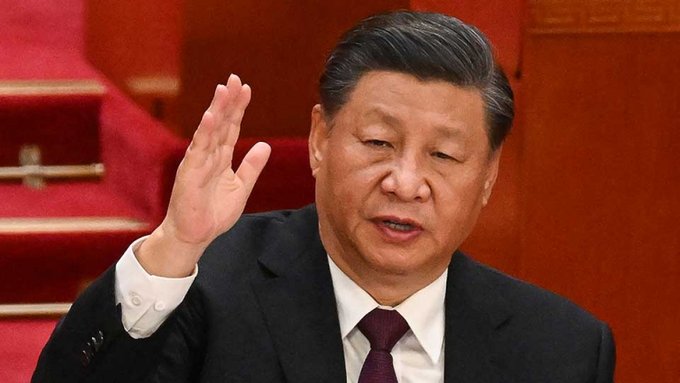Heavy rains and floods in several parts of China including the Jiangxi province — known for its rice cultivation, have raised concerns over food security. Large swathes of rice crops have been damaged in the country. Rice is a staple grain in China.
The authorities have warned of more rains in the coming days.
The South China Morning Post in a report said, “Aside from the threats of climate change, concerns over food security in China have arisen over deteriorating relations with the United States and its allies – many of which are major agricultural suppliers.”
Chinese President Xi Jinping has repeatedly underlined the need to safeguard food security, even linking it with national security.
According to data, China’s arable land has also been shrinking. In 2020, arable land as a percentage of land area in China was reported at 12.68 per cent. India and the US top the chart of countries with the largest arable land—land that can be used or can be potentially utilised to grow seasonal crops.
China’s food imports have been rising.
Li Guoxiang, a research fellow at the Chinese Academy of Social Sciences told Global Times late last year that China increased rice imports because global supplies were plentiful and prices were low compared with other grain crops such as wheat. Last year, it signed an agreement with Russia for wheat supplies as Beijing intensified efforts to diversify its import sources amid rapidly changing geopolitics.
Even as official statistics revealed that there is no immediate threat over food availability in the country, the extreme weather fluctuations — from floods to droughts in China, which is home to 1.4 billion people, have become a cause for concern and policymakers are keeping a close watch on the developments.
Xi in his 2023 New Year Address said, “Despite a global food crisis, we have secured a bumper harvest for the 19th year in a row, putting us in a stronger position to ensure the food supply of the Chinese people.”
Despite the claims, “there is some skepticism regarding Chinese official statistics, both outside and inside China,” the Diplomat said. “At present, it is hard to judge the reliability of China’s official agricultural data and, thus, the state of the country’s food security,” the news organisation said, though it added that food processes in the country have remained by and large stable.
The country may have safeguarded its food availability for the near term but “from a long-term perspective, China’s food security status remains much less certain,” it noted.
What is India doing?
India is facing similar threats arising out of climate conditions. Prime Minister Narendra Modi and his team have pressed the pedal on diversifying grain production with a sharp focus on millets– short grains which can withstand extreme weather conditions and are carbon-neutral.
“We are focusing on millets. But it is something we are doing structurally. We want to promote millets. These grains are much more resilient to weather fluctuations. It is an important part of the agriculture push and this will also help us maintain diversity and also boost efforts to absorb any shock that may occur,” Sanjeev Sanyal, Member, Economic Advisory Council to the Prime Minister, told India Narrative.




















